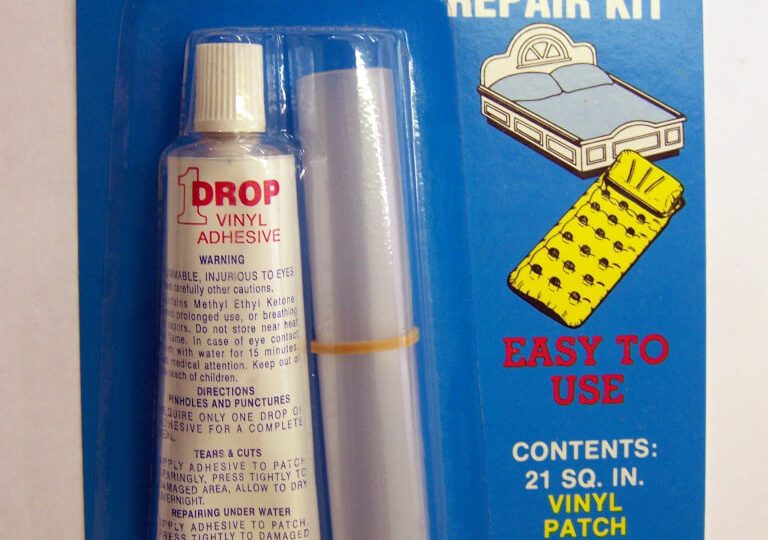Every purchase made online is encrypted with a high level of security you’ve come to expect. Your private information is never shared nor sold, so you can buy with confidence. You can also visit our store if you are in the St. Louis area.

This is the first of a 3 part blog series:
#2: How to correctly find the spot of a leak in a waterbed bladder mattress
#3: Please save my carpeting! How to fix and properly repair a waterbed bladder leak
(These will be linked upon completion/publication of the series)
Here is an ugly scenario. Your waterbed mattress pops and the flood roars down the hallway sweeping everything away in its path. It’s the cataclysmic stuff movie scripts are made of. “The dreaded leak in a waterbed mattress.”
Don’t worry; in my 22 years of selling waterbeds I have never heard such a story. Leaks are not as common as you might think and most stay within the safety liner. If a leak happens, we recommend that you do not put off repairing the hole or even replacing your water mattress. If you do not, the water can sour and start to smell giving off an incredible stench or even worse escape your safety liner and cause minor or even serious water damage to your house. So when is it a bad idea to repair a waterbed mattress? Here is what you need to know.
- Do not repair waterbed mattress corners even if they have been reinforced.
If the hole in your waterbed mattress is located in any of the construction seams or a corner do not attempt to repair. Waterbed seams and corners are not glued shut. A patch kit will not permanently fix your leaking waterbed mattress and is more likely to become a catastrophic failure causing serious water damage. - It is only ok to repair a waterbed with a vinyl repair patch kit.
A patch kit includes a piece of vinyl and vinyl adhesive. Do not use rubber cement or superglue to fix the hole. - Do not attempt to fix seams on a waterbed mattress.
See # 1 - Waterbed mattresses should not be repaired if they are old.
Unlike a fine wine vinyl breaks down and deteriorates as it ages. The normal life on a free flow mattress is only a couple years. The life on a quality baffled mattress is 10-12 years. This is best determined by talking to a sales professional. Tell them how old your mattress is and whether you own a Free Flow, Semi-Waveless, Waveless, Ultra Waveless, or Super Waveless. Different mattresses have different life expectancies. Ten to twelve years for any waterbed mattress is very old, do not repair it replace it. - When waterbed vinyl discolors it is a sign of a water mattress that should not be repaired.
When this happens it is a signal of weakening vinyl. This could be due to age or body oils that have contacted the vinyl over and over again which hint to the signs of plasticizer migration. Use an absorbent mattress pad to protect from such problems. - Vinyl that has a waxy, hard, non-flexible or pliable feeling to it may be breaking down and should not be repaired.
This is the same thing that happens when a plastic milk carton is left in the sun. The plastic becomes brittle. Waterbed mattresses are subject to the same hardening that can cause a mattress failure. Another example is old vinyl cars seats when they start to get brittle and crack apart. - Do not try to repair a hole that has already had a patch on it or you have attempted to repair but failed.
This is by far the biggest mistake people make. They just do not get the idea that this is a patch and that it is going to hold back a couple hundred gallons of water. The reward of a successful patch that will enviably fail anyway is not worth the risk of damage to your house or personal property. - If the leaking hole or cut in the waterbed is more than ¼ of an inch in size the leak should not be patched.
Holes or tears in the waterbed that are bigger than a quarter of an inch flex too much. The patch will not be flexible enough or small enough to flex properly and will ultimately fail causing another leak maybe bigger than the first one. - Too many holes in a mattress are a disaster waiting to happen.
Use common sense here. If the area looks like Swiss Cheese buy a new bladder.
